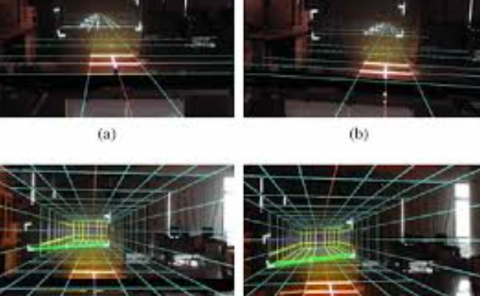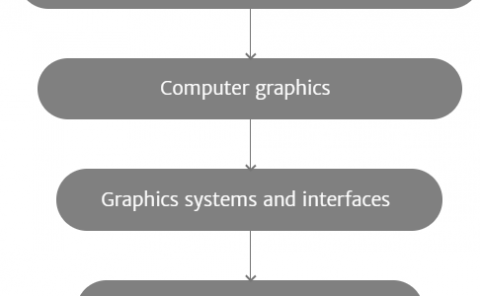The Ultimate Display
PubDate: Jan 2016
Teams: Swinburne University of Technology;Monash University
Writers: C. J. Fluke, D. G. Barnes
PDF: The Ultimate Display

Abstract
Astronomical images and datasets are increasingly high-resolution and multi-dimensional. The vast majority of astronomers perform all of their visualisation and analysis tasks on low-resolution, two-dimensional desktop monitors. If there were no technological barriers to designing the ultimate stereoscopic display for astronomy, what would it look like? What capabilities would we require of our compute hardware to drive it? And are existing technologies even close to providing a true 3D experience that is compatible with the depth resolution of human stereoscopic vision? We consider the CAVE2 (an 80 Megapixel, hybrid 2D and 3D virtual reality environment directly integrated with a 100 Tflop/s GPU-powered supercomputer) and the Oculus Rift (a low- cost, head-mounted display) as examples at opposite financial ends of the immersive display spectrum.



